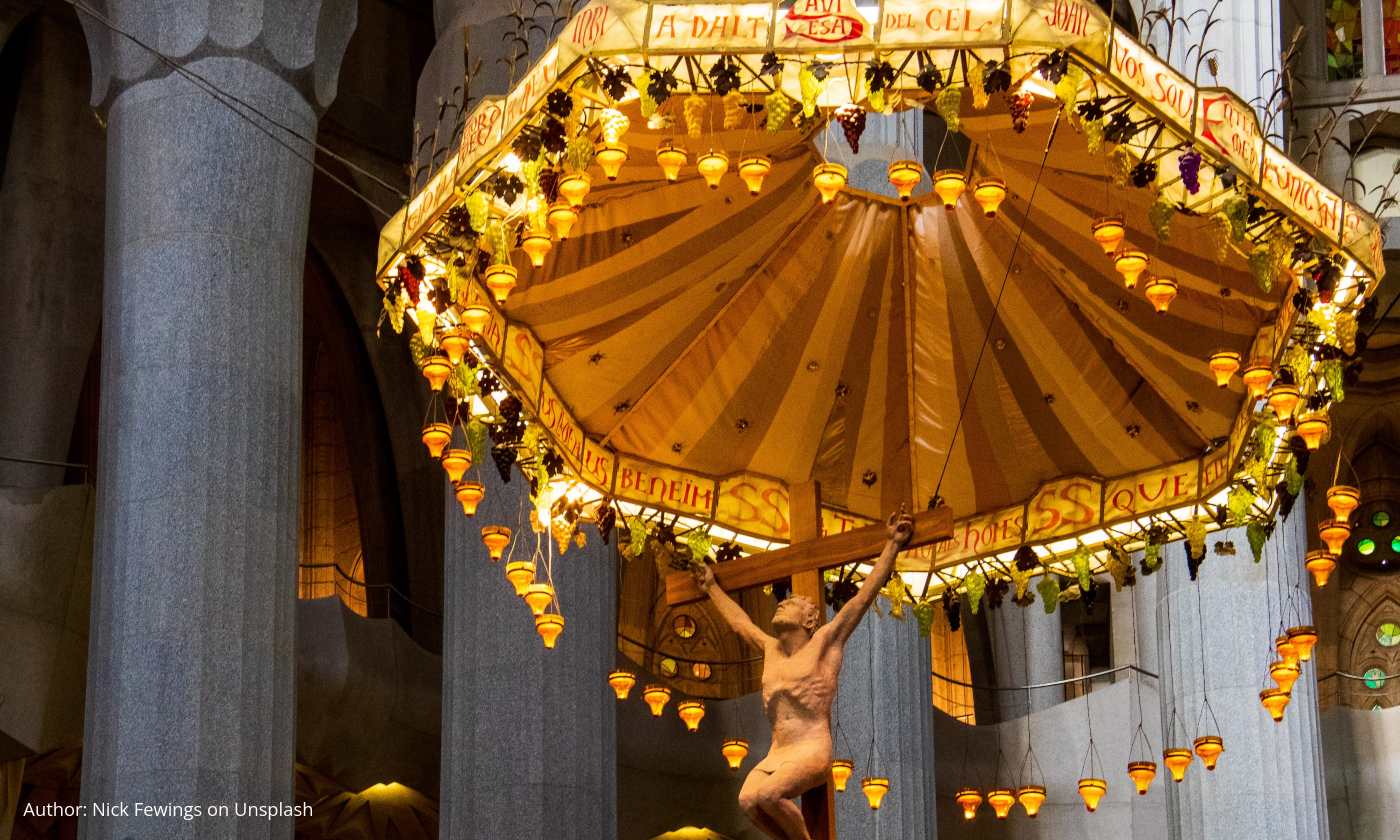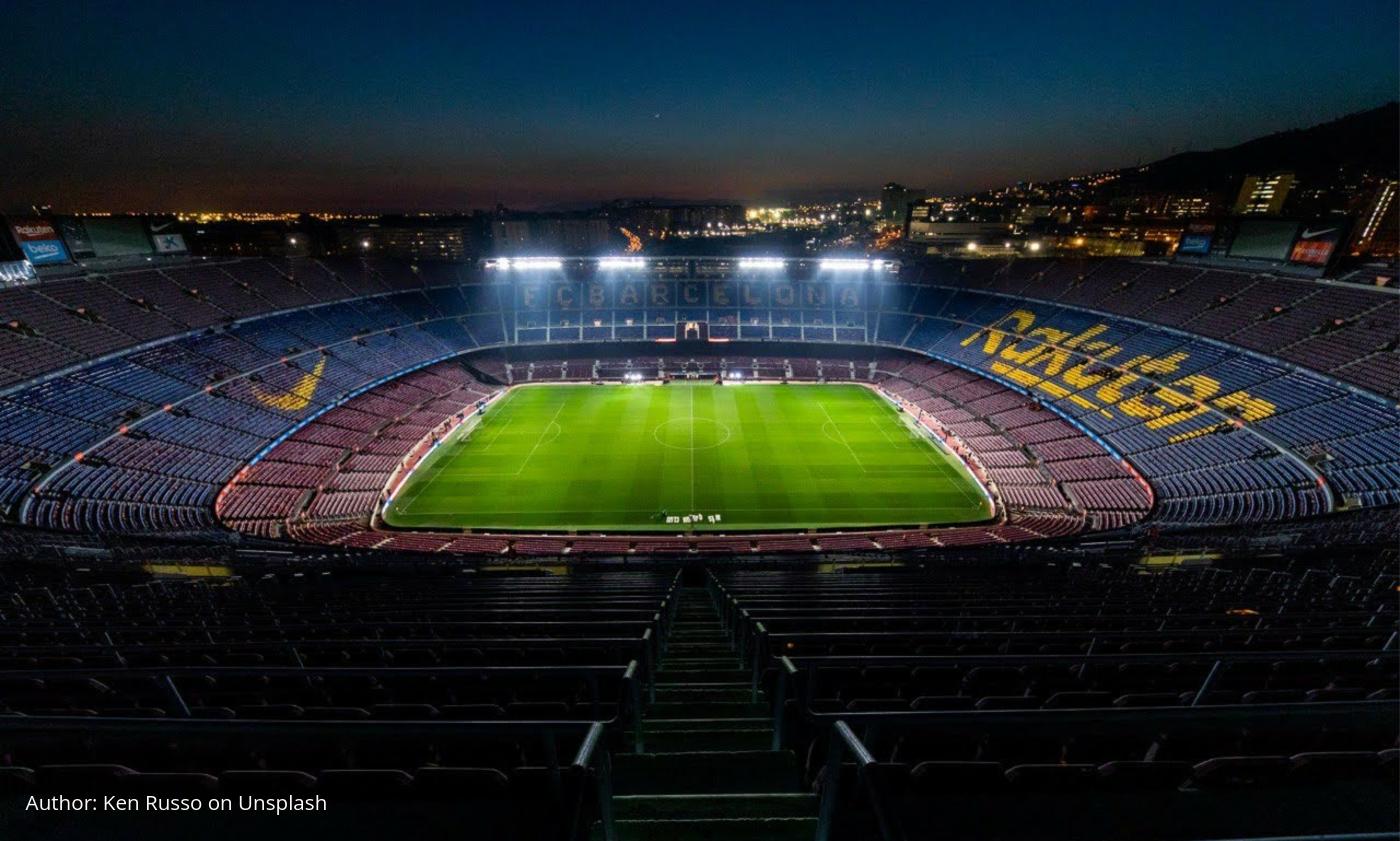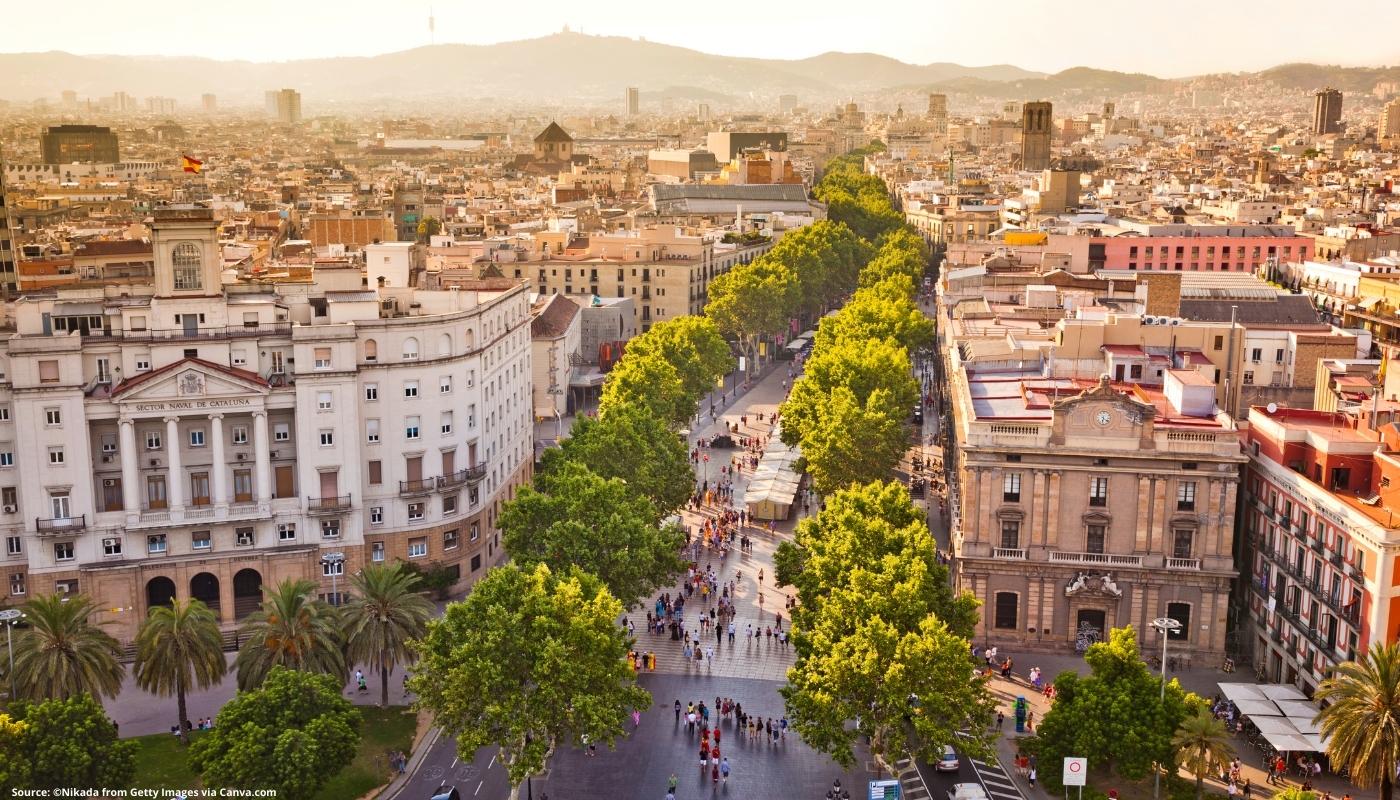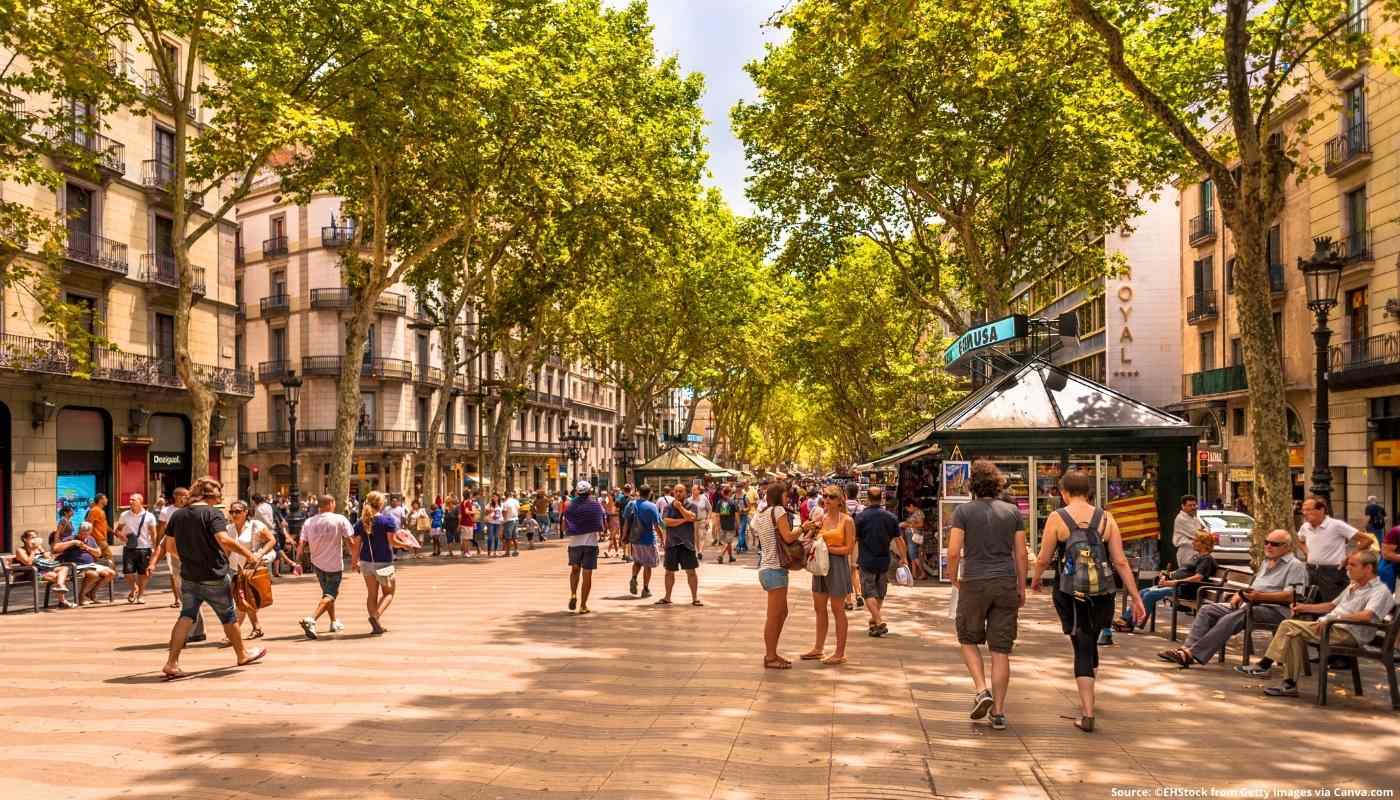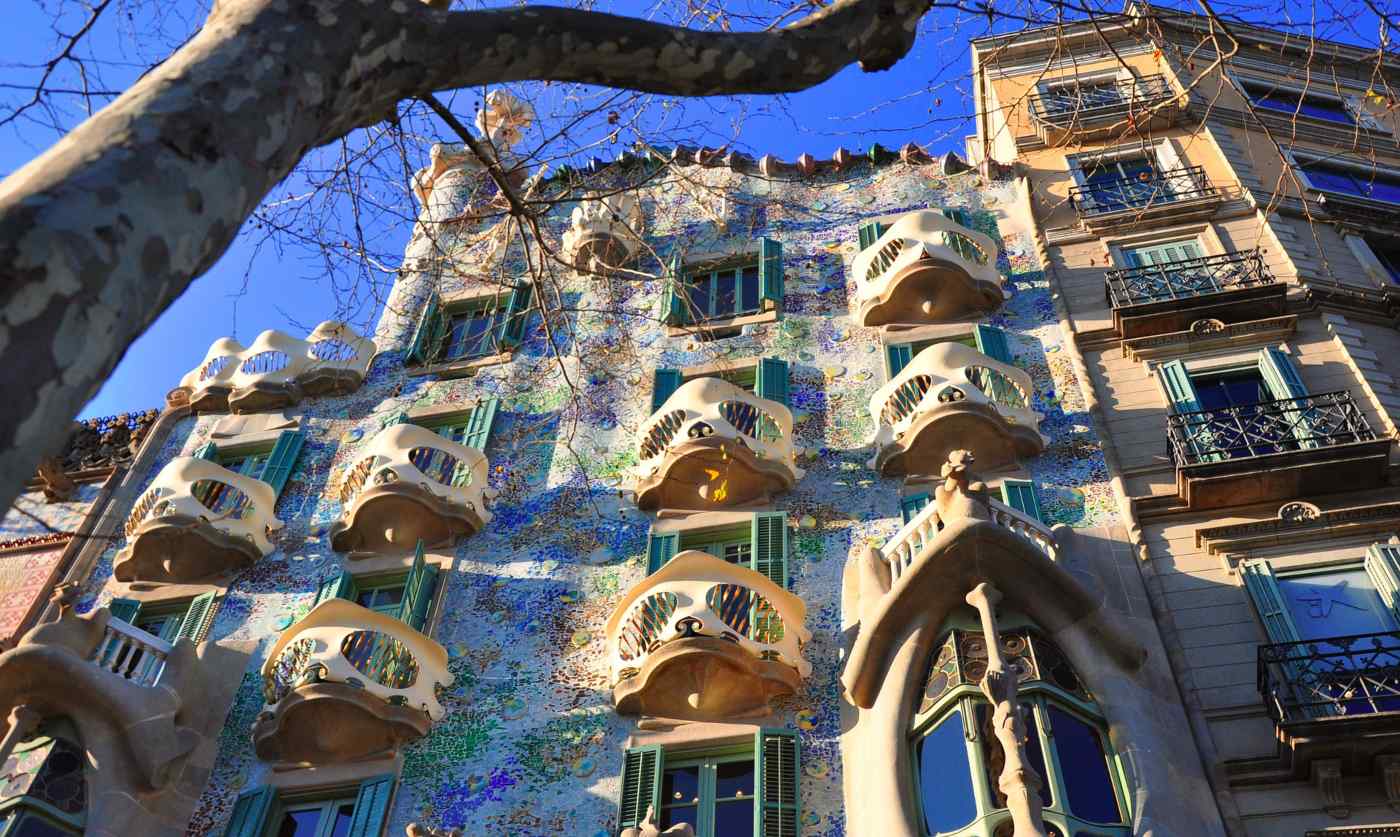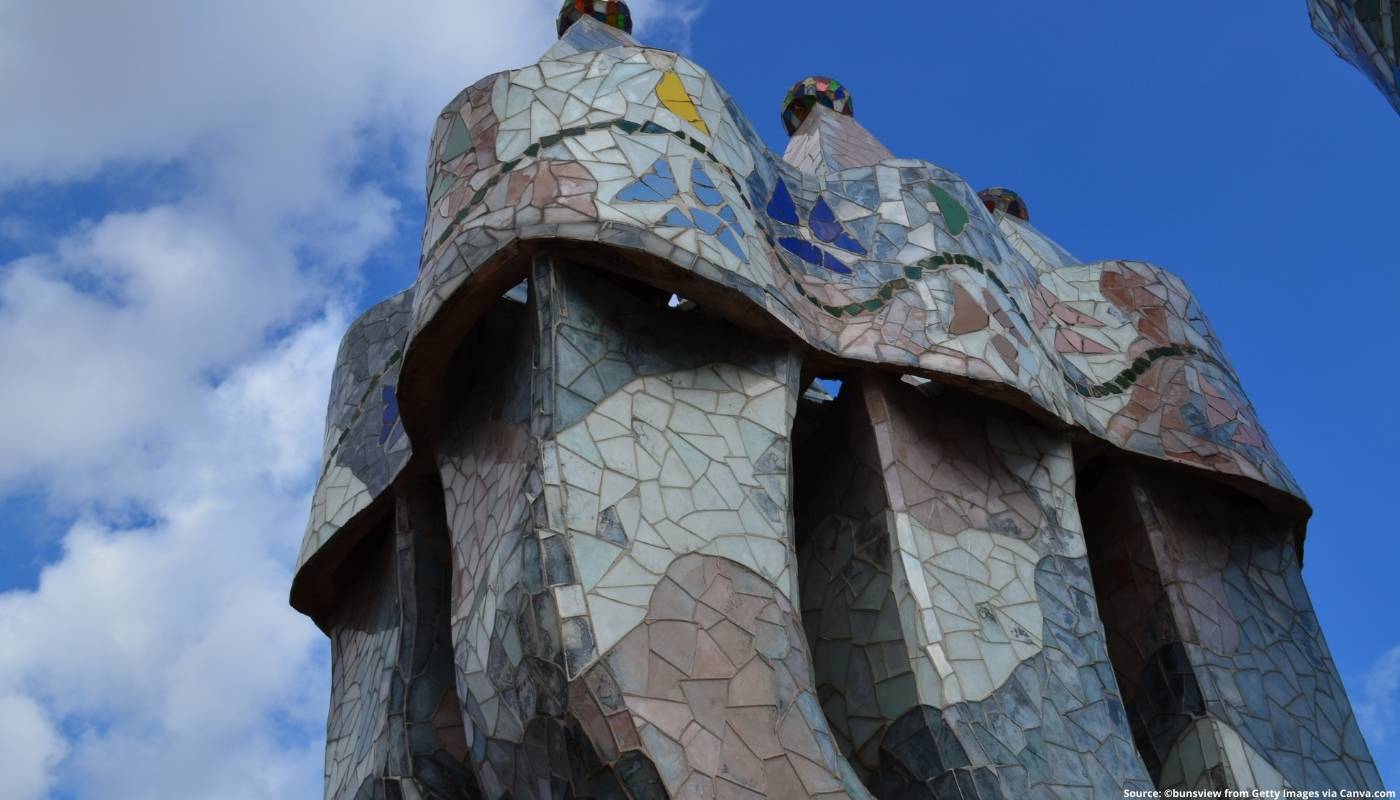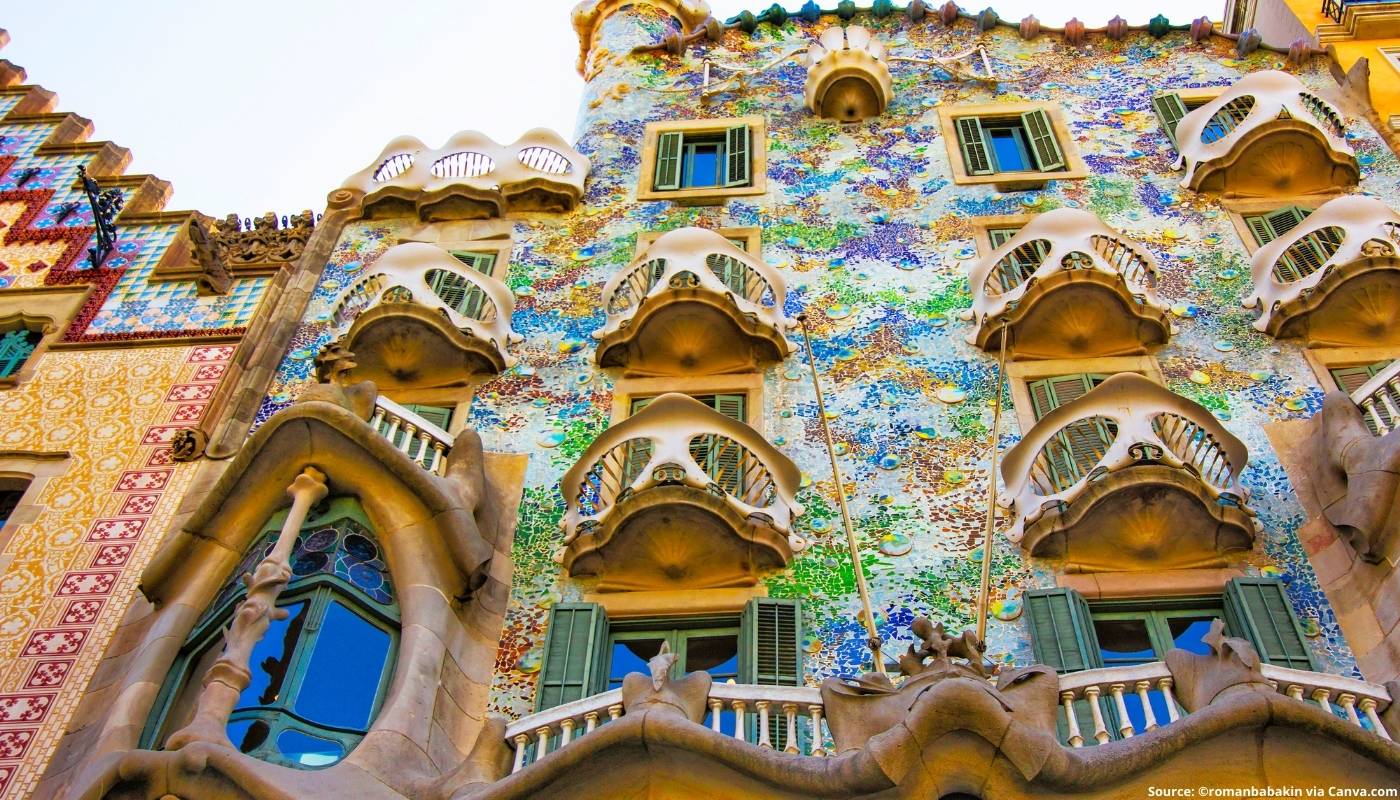Park Güell
Share this attraction
Back

Park Güell
Barcelona
Park Güell - the most important information
Part of the esteemed group of “Works of Antoni Gaudi’, this masterful park in Barcelona cannot be missed. Declared a World Heritage Site by UNESCO, it is a perfect mix of nature and culture, exploration and relaxation. Here’s what you need to know before visiting Park Güell.
About Park Güell
Another one of Gaudi’s masterpieces, the park was almost a housing estate for wealthy families. That was the initial vision of Count Eusebi Güell, who wanted to make it resemble the British residential parks. With little to no vegetation, clean air, and gorgeous views, the idea seemed right. Works started in 1900, it saw its first residents in 1902, and in the first 3 years, a big of the property was built. But, everything went downhill quickie, when they realized that it’s going to be tricky to sell properties in such a complex location. The works were permanently stopped in 1914 and after that, it became a large private garden, also used for public events. It was purchased by the city council in 1926 and became a public park in the 60s. There is so much we want to tell you about this awesome park, but we’ll just mention:
About Park Güell
Another one of Gaudi’s masterpieces, the park was almost a housing estate for wealthy families. That was the initial vision of Count Eusebi Güell, who wanted to make it resemble the British residential parks. With little to no vegetation, clean air, and gorgeous views, the idea seemed right. Works started in 1900, it saw its first residents in 1902, and in the first 3 years, a big of the property was built. But, everything went downhill quickie, when they realized that it’s going to be tricky to sell properties in such a complex location. The works were permanently stopped in 1914 and after that, it became a large private garden, also used for public events. It was purchased by the city council in 1926 and became a public park in the 60s. There is so much we want to tell you about this awesome park, but we’ll just mention:
- Both Eusebi Güell and Antoni Gaudi lived in the park. Güell residence was a converted old mansion called Casa Larrard, and Gaudi lived in a show house designed by his assistant, Francesc Berenguer. They both continued living in their houses until they died.
- The former Gaudi house was turned into a museum and opened to the public in 1963
- Animal enthusiasts, this one is for you! Park Güell is home to many bird species, parrots in particular. Short-toed eagles, hummingbirds, and some insects can be found too.
What to see and do at Park Güell?
The park consists of gardens, known as the monumental area, and artistic architectural monuments on Carmel Hill. As always, Gaudi found his inspiration in nature, avoiding straight lines. The whole park was designed following the already existing nature of the area. His use of the so-called, trencadís technique of mosaic making in the park was exquisite and trailblazing. Be sure to set aside around an hour for your visitation, and pay close attention to:
The park consists of gardens, known as the monumental area, and artistic architectural monuments on Carmel Hill. As always, Gaudi found his inspiration in nature, avoiding straight lines. The whole park was designed following the already existing nature of the area. His use of the so-called, trencadís technique of mosaic making in the park was exquisite and trailblazing. Be sure to set aside around an hour for your visitation, and pay close attention to:
- “El Drac”: Salamander statue made using the innovative trencadís technique, it has many popular names, “Park Güell lizard” is our favorite.
- Gaudi house museum: A private foundation run by Sagrada Familia takes care of this museum since 1992; we recommend you to visit this gorgeous, frozen in time, insight into Gaudi’s life.
- The Serpentine bench: The terrace going around Park Güell was made to resemble a serpentine shape; it’s not only beautiful in its colorfulness, but also a great place for rest.
- Austria Gardens: Named by donated trees local to Austria, this part of the park serves as a plant nursery. Originally, it was supposed to be a huge part of the housing districts, a place for 60 or more villas.
- Sala Hipostila: Designed to be a marketplace in the residential area, it consists of 86 columns.
Tickets and opening hours
- Visitation: The Park is open for visitation throughout the year, from 9:30 am to 5:30 pm. One of the cool things about the park is its care for the citizens of the same neighborhood; traditions called Bon dia Barcelona and Bon vespre Barcelona allow exclusive visitation times for them, from 7 to 9 am, and from 6 to 10 pm.
- Tickets: General admission to the park grounds is free for kids up to 6 years of age, 7 euros for children aged 7-12, and 10 euros for adults. You can also get a guided tour through the park for 22 euros, or even a private tour for 40 euros.
Learn more about the tickets, tours, and park regulations on Park Güell official website.
How to get to the Park Güell?
The park adorns La Salut neighborhood in the Gràcia district. Sagrada Familia is around 2km away, and in its immediate vicinity you can find The Gaudi Experience interactive museum. There are many bus and train stations surrounding it, so it won’t be a problem to reach it.
How to get to the Park Güell?
The park adorns La Salut neighborhood in the Gràcia district. Sagrada Familia is around 2km away, and in its immediate vicinity you can find The Gaudi Experience interactive museum. There are many bus and train stations surrounding it, so it won’t be a problem to reach it.
- By metro: Take line 3 to Lesseps station or Vallcarca station; both are a 20-minute walk away that takes you to the Avinguda del Santuari de Sant Josep de la Muntanya park entrance.
- By bus: Take D40 or H6 line to the Travessera de Dalt bus stop, from where you follow Travessera de Dalt street to the park. You can use tourist busses to get to the park as well; Blue line of the Bus Turístic and Green line of the Barcelona City Tour all have stations called Park Güell.
Location
Learn more about this destination
Discover the beauty of the destination through blogs that highlight the most famous landmarks, hidden gems, and provide travel tips for visiting this destination. Embark on an adventure through the stories of experienced travelers.





